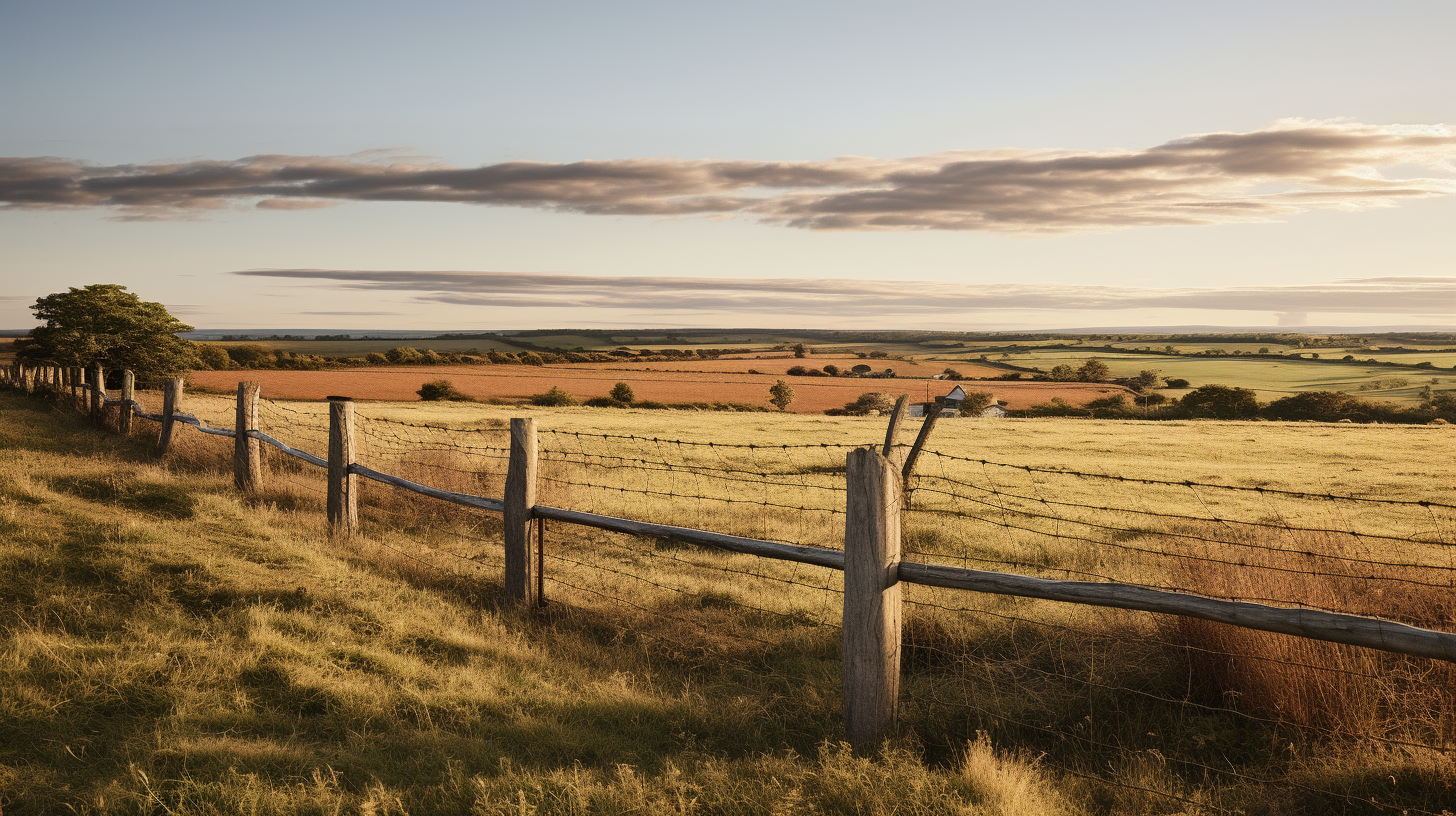
Ask A Surveyor
If you are a landowner seeking advice from surveyors, please post your questions and issues here.... View more
What is a Set Stone?
What is a Set Stone?
I’m not a surveyor.
I am looking at some property (8 acres) to purchase in Kentucky. I have not been to the property yet (going tomorrow, Friday). The realtor said there was no survey. She sent me the deeds and I see the legal description of the land. It looks like this was a “family affair” meaning the deed mentions (10) different family members. So, they probably never needed a survey, they just were neighbors and got along with each other.
When I read the deed is uses the phrase Set Stone (13) times. It also uses the words steel post and steel stake, I understands those terms. But what is a “Set Stone”? I google it, but couldn’t find a definition for it. My question would be, is this a man made object? or a natural feature like an stone outcrop, or a large immovable stone?
I’m guessing its a man made object, possibly made out of concrete? What is the shape of a set stone? Does it have an iron stake in it where I can metal detect it?
Here is a copy of the land definition in the deed:
BEGINNING at a set stone going in an eastern direction for approximately
252 feet to Marcus Smith line at a set stone; thence from set stone
following Marcus Smith line in a Northern direction for approximately
228 feet to Marcus Smith corner to a set stone; thence beginning at a
set stone going in an Eastern direction for approximately 102 feet
to the highway; thence turning North and following Highway for approximately
459 feet to a culvert; thence turning West for approximately 500 feet
to a set stone at a walnut tree next to the river; thence running back
South by the river to the beginning stone.BEGINNING at a set stone on Homer Jackson line going in a Southern direction running by river for approximately 189 feet to a willow tree And a steel stake: thence turning East and going across the bottom for Approximately 300 feet to the highway and Marcus Smith??s corner at a steel post: thence turning north and following Marcus Smith??s line for approximately 165 feet to Homer Jackson line: thence turning West following Homer Jackson line for approximately 300 feet back to the beginning set stone and post.
BEGINNING at Orie Jackson, line and going in a southern direction following river for approximately 750 feet to a set stone; thence turning from set stone for approximately 50 feet to highway, to a set stone; thence turning North and following highway for approximately 750 feet back to corner of Marcus Smith and Orie Jackson line to a set stone; thence turning West for approximately 300 feet back to the beginning across the bottom.
This deed includes a right-of-way over Larry Jackson’s to Orie Jackson’s property.
I am very familiar with easements, but is a “Right of Way” an easement?
Attached is the shape of the property that the realtor sent me.
Thank you for the help!!!!!
Dan Bovinich
Rochester Hills,Michigan
Log in to reply.










